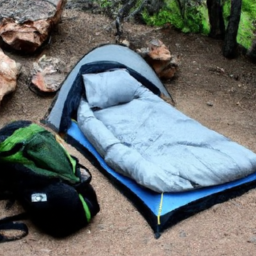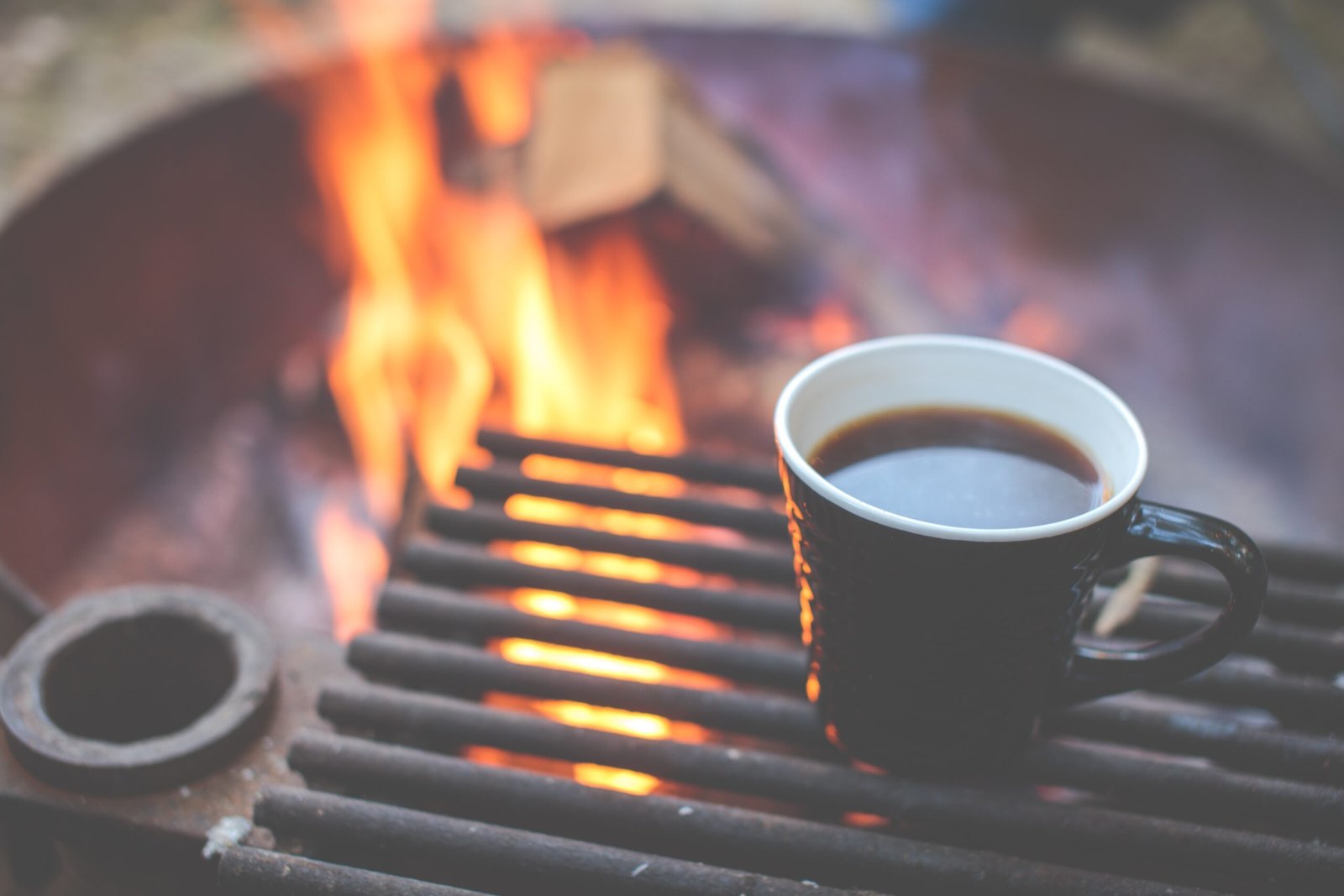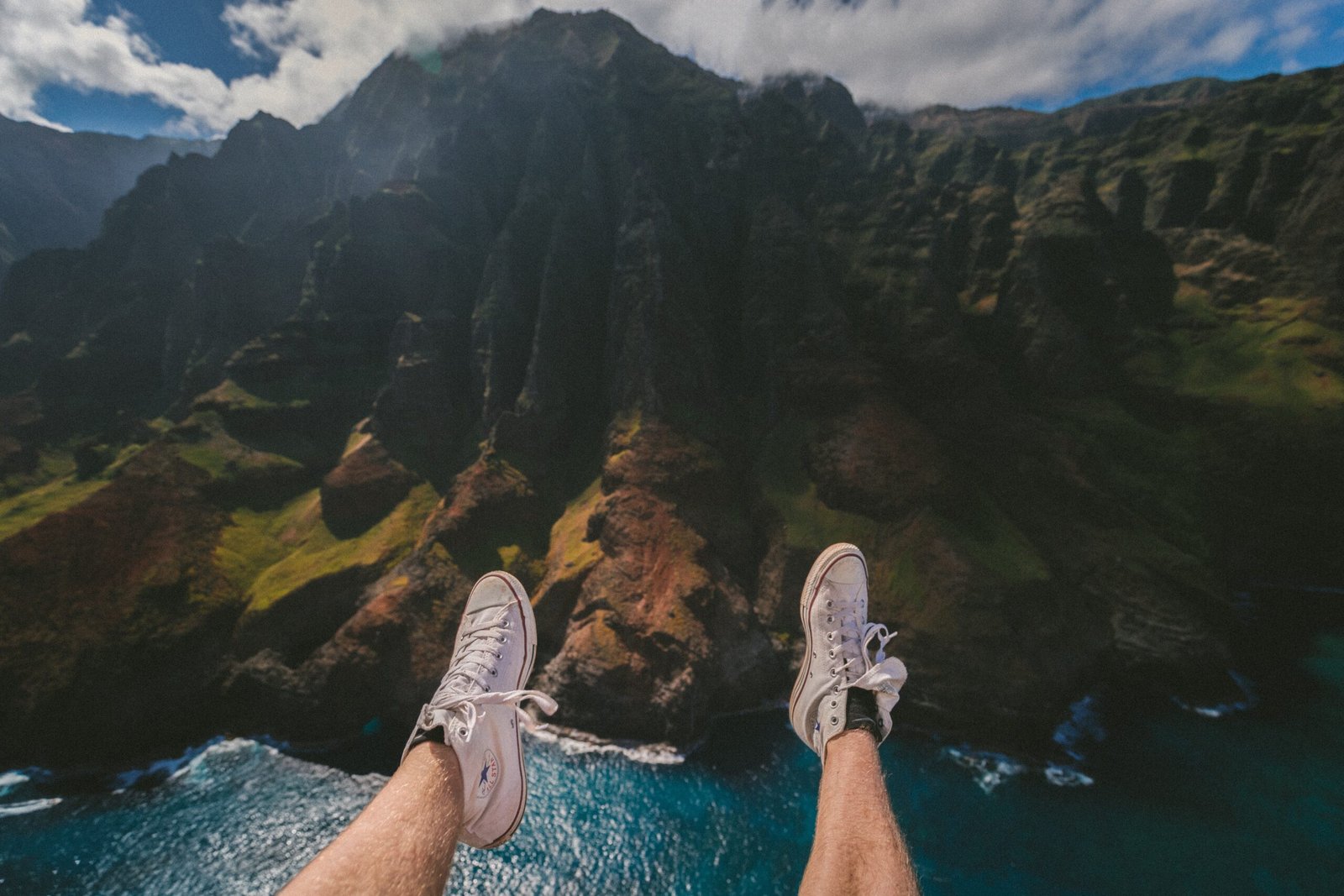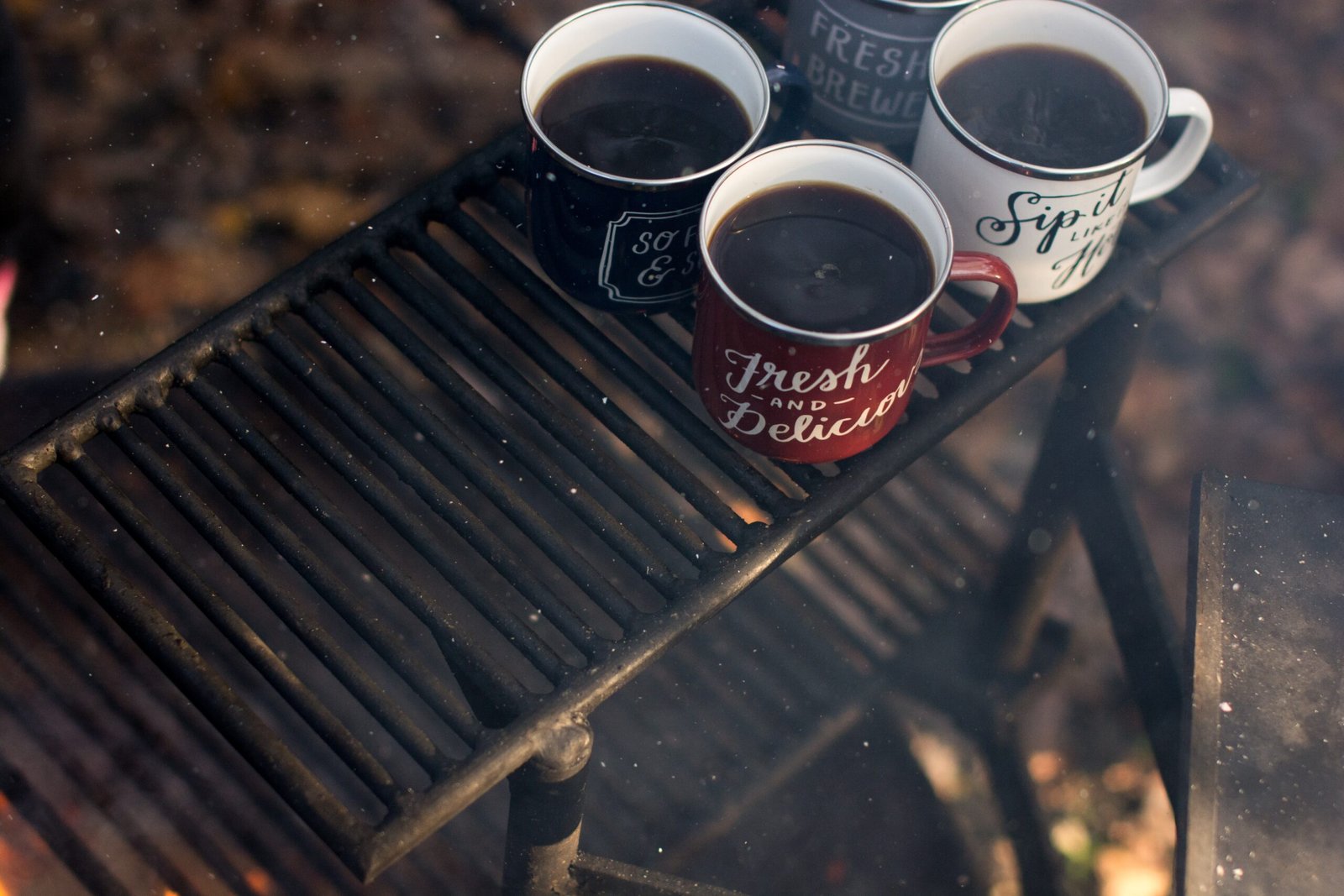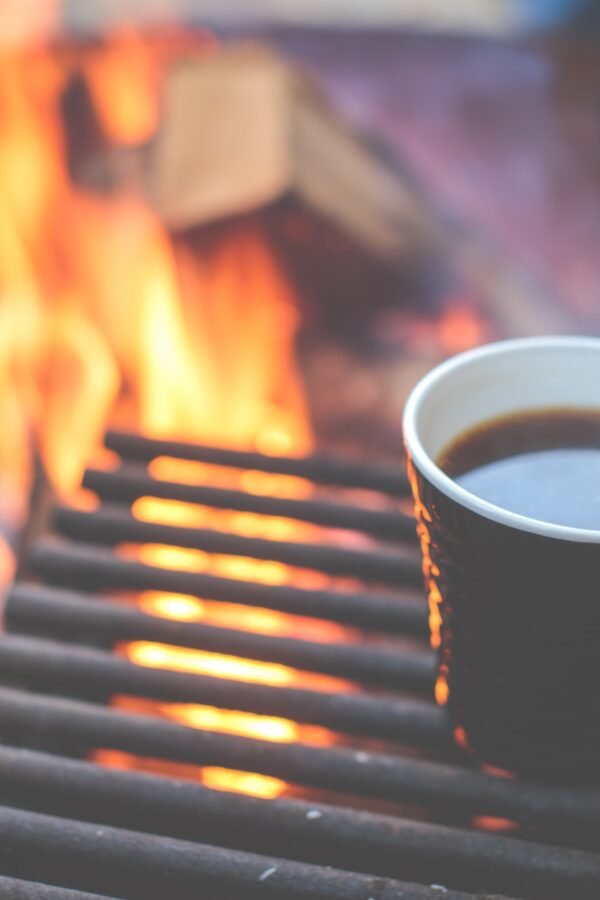Expert Tips for Comfortable Outdoor Sleeping provides valuable insights from outdoor experts on how to maximize comfort while sleeping in the great outdoors. The article emphasizes the importance of a well-planned sleep system, encompassing essential elements such as the right sleeping pad and sleeping bag, tailored with appropriate temperature ratings. It also highlights the significance of considering various factors, including the type of camping, temperature range, and precipitation, before investing in camping gear. Additionally, the article explores the merits of sleeping pads with appropriate R-Values, which can be self-inflating or inflatable, and emphasizes the benefits of using pillows for a more restful sleep, even while camping. Furthermore, it delves into the options of tents and hammocks for shelter, with hammocks being regarded as the more comfortable choice in mild weather conditions. The article underlines the importance of proper clothing layering, particularly base layers, for enhanced comfort and warmth. Lastly, it emphasizes the role of nutrition and having a nourishing meal before bed to ensure overnight warmth. These expert tips provide a comprehensive guide for anyone seeking a comfortable and rejuvenating sleep experience while enjoying the great outdoors.
Choosing the Right Sleeping System
Check Other Tutti Camping Articles
Importance of a well-planned sleep system
A well-planned sleep system is essential for a comfortable outdoor sleeping experience. Outdoor experts emphasize the importance of considering various factors, such as the type of camping, temperature range, and precipitation, before purchasing camping gear. A comprehensive sleep system consists of a suitable sleeping pad, an appropriate sleeping bag, pillows, suitable shelter, proper clothing layering, nutrition, creating a comfortable sleeping environment, managing temperature and humidity, maintaining personal hygiene, and emergency preparedness.
The right sleeping pad
One of the key components of a sleep system is a high-quality sleeping pad. Sleeping pads are essential for providing cushioning, insulation, and support while sleeping outdoors. When selecting a sleeping pad, it is crucial to consider comfort, insulation, and packability. Outdoor enthusiasts suggest choosing a sleeping pad that is comfortable and provides adequate insulation against the cold ground. Additionally, packability is important for backpackers who have limited space in their packs. Sleeping pads that are lightweight and compact are ideal for easy transportation.
Appropriate temperature ratings for sleeping bags
Another crucial element of a sleep system is a sleeping bag with appropriate temperature ratings. Temperature ratings indicate the lowest temperature at which a sleeping bag can keep a person comfortably warm. It is important to select a sleeping bag that matches the expected temperature range of the camping trip. If the temperature drops significantly at night, a sleeping bag with a lower temperature rating is necessary to ensure warmth and comfort.
Considerations before buying camping gear
Before investing in camping gear, it is important to consider several factors to ensure the suitability of the equipment. The type of camping, whether it is car camping, backpacking, or a combination of both, will greatly influence the choice of gear. Additionally, the expected temperature range and the likelihood of precipitation should be taken into account. For colder temperatures or wet conditions, gear with appropriate insulation and waterproof features is crucial. Smart gear choices based on these considerations will contribute to a comfortable outdoor sleep experience.
Selecting the Ideal Sleeping Pad
Importance of a comfortable sleeping pad
A comfortable sleeping pad is essential for a good night’s sleep while camping. The right sleeping pad offers optimal support and prevents discomfort caused by uneven or hard ground surfaces. A lack of proper padding can lead to restless sleep, fatigue, and potential body aches the following day. Therefore, investing in a high-quality and comfortable sleeping pad should be a priority when considering camping gear.
Choosing the right R-Value
The R-Value is an important consideration when selecting a sleeping pad. It measures the pad’s insulation capacity, indicating its ability to retain body heat. The higher the R-Value, the better the insulation. However, the ideal R-Value will depend on the expected temperature range and personal comfort preferences. A higher R-Value is recommended for colder temperatures to prevent heat loss to the ground.
Self-inflating vs. inflatable sleeping pads
There are two main types of sleeping pads: self-inflating and inflatable. Self-inflating sleeping pads have a foam core that expands when the pad valve is opened. These pads provide a combination of comfort, insulation, and convenience. Inflatable sleeping pads, on the other hand, require manual inflation using a pump or by blowing into a valve. They are typically lighter and more compact, making them a popular choice for backpackers. The decision between these two types of sleeping pads ultimately depends on personal preferences, budget, and intended use.
Benefits of Using Pillows
Why pillows are necessary for comfortable outdoor sleep
Pillows play a crucial role in ensuring a comfortable sleep experience outdoors. They provide support for the head and neck, helping to align the spine properly. Without a pillow, campers may experience neck stiffness and discomfort. Additionally, pillows help recreate the familiar comfort of sleeping at home, helping individuals to relax and sleep soundly amidst the new surroundings of the outdoors.
Different types of pillows
Outdoor enthusiasts have a variety of pillow options suitable for camping or backpacking. Traditional pillows, similar to those used at home, can be brought along if space allows. However, they may be bulky and take up valuable space in a backpack. Inflatable pillows are a popular choice for their compactness and portability. They can be easily inflated and deflated, making them ideal for outdoor adventures. Compressible pillows, filled with foam or down, provide more comfort and support but may occupy more space. Ultimately, selecting the right pillow will depend on personal preferences, comfort needs, and available space.
Shelter Options for Outdoor Sleeping
Comparing tents and hammocks
When it comes to shelter options for outdoor sleeping, tents and hammocks are two popular choices. Tents provide a fully enclosed and protected sleeping space. They offer privacy, protection from the elements, and can accommodate multiple people. Tents are versatile and suitable for various weather conditions.
Hammocks, on the other hand, offer a unique sleeping experience and are particularly comfortable in mild weather. They provide a cozy and suspended sleeping area, which can be incredibly relaxing. Hammocks are lightweight, compact, and perfect for solo adventurers or those looking for a minimalist camping experience. However, they may not be suitable in areas without adequate trees or in extremely cold weather.
Factors to consider when selecting a shelter
When selecting a shelter, it is important to consider factors such as weather conditions, ease of setup, portability, and personal preferences. If the camping trip involves high winds, rain, or snow, a sturdy and weather-resistant shelter, such as a four-season tent, may be required. Ease of setup and portability are crucial for backpackers or campers who frequently change locations. Additionally, personal preferences for space, privacy, and sleeping style should be considered.
Advantages of using hammocks in mild weather
Hammocks offer several advantages for outdoor sleeping, especially in mild weather conditions. They provide a comfortable sleeping experience, elevating campers above the ground and away from potentially uneven or wet surfaces. Hammocks are also known for their breathability, allowing for good air circulation, which can be refreshing during warm nights. Furthermore, many campers find the gentle rocking motion of a hammock soothing, promoting deeper and more restful sleep.
Ensuring Proper Clothing Layering
Importance of proper clothing layering
Proper clothing layering is critical for maintaining warmth and comfort during outdoor sleep. Layering allows campers to adjust their clothing according to changing temperatures and their activity level. It helps trap and retain body heat while also allowing moisture to escape, keeping the camper dry. Without proper layering, individuals can be vulnerable to hypothermia or overheating, both of which can have serious consequences.
Choosing the right base layers
Base layers are the foundation of proper clothing layering. They are designed to be worn directly against the skin and should effectively manage moisture while providing insulation. Merino wool and synthetic materials, such as polyester or nylon, are popular choices for base layers due to their moisture-wicking properties. These fabrics help keep the body dry by transferring sweat away from the skin. It is important to avoid cotton as a base layer, as it retains moisture and offers little insulation when wet.
Additional clothing to consider for comfort
In addition to base layers, campers should consider additional clothing layers to enhance comfort during outdoor sleep. Mid-layers, such as fleece jackets or down vests, provide additional insulation and warmth. They can be easily added or removed as needed. Outer layers, such as waterproof jackets or windbreakers, offer protection against the elements, including rain, snow, and strong winds. By layering clothing appropriately, campers can ensure optimal comfort and adaptability in various weather conditions.
The Role of Nutrition in Comfortable Outdoor Sleep
Importance of nutrition for warmth during sleep
Proper nutrition plays a crucial role in ensuring warmth and comfort during outdoor sleep. Consuming a well-balanced meal before bedtime provides the body with fuel to generate heat throughout the night. The digestion process creates warmth within the body, which aids in maintaining a comfortable sleeping temperature. Including nutrient-rich foods, such as proteins and complex carbohydrates, can further support the body’s energy production and heat generation.
Hearty meal suggestions before bedtime
For a hearty meal before bedtime, outdoor enthusiasts recommend incorporating foods with a good balance of protein, carbohydrates, and healthy fats. A well-rounded meal could include lean proteins such as grilled chicken or fish, complex carbohydrates like quinoa or sweet potatoes, and a variety of vegetables. Additionally, foods rich in healthy fats, such as avocados or nuts, can provide sustained energy during sleep. It is advisable to avoid heavy meals that may cause discomfort or interfere with sleep quality.
Creating a Comfortable Sleeping Environment
Selecting a level camping spot
Selecting a level camping spot is crucial for creating a comfortable sleeping environment. An uneven or sloping surface can lead to discomfort and difficulty in finding a comfortable position. It is recommended to carefully inspect the camping area and identify a spot that is as level as possible. Removing any rocks, twigs, or other debris can further enhance comfort and reduce the risk of discomfort or injuries.
Clearing the area of debris
Clearing the camping area of any debris is essential for a comfortable sleep. Sharp rocks, sticks, or other objects may puncture the sleeping pad or cause discomfort while sleeping. A diligent inspection and removal of any potential hazards will contribute to a safe and comfortable sleep environment. It is also beneficial to clear away any fallen leaves or branches that may create a damp or uncomfortable surface.
Setting up a cozy sleep area
Setting up a cozy sleep area is essential for a restful night’s sleep. Placing a groundsheet or tarp under the sleeping pad can provide an additional layer of protection against moisture and cold. Organizing camping gear and personal belongings in an orderly manner can create a sense of calm in the sleeping area. Additionally, bringing comfort items such as a favorite blanket or sleeping bag liner can enhance the overall sleeping experience.
Managing Temperature and Humidity
Tips for managing different temperature ranges
Managing temperature ranges can be challenging while sleeping outdoors, but there are several strategies to help maintain comfort. In colder temperatures, wearing warm base layers, using insulated sleeping pads, and selecting appropriate sleeping bags with lower temperature ratings are crucial. Additionally, wearing a hat or a buff to cover the head can help retain body heat. In warmer temperatures, lightweight and breathable clothing, along with proper ventilation in the sleeping area, can help promote airflow and reduce heat buildup.
Dealing with humidity and moisture
Humidity and moisture can negatively impact comfort and sleep quality during outdoor adventures. To mitigate these challenges, it is essential to choose a camping location with proper air circulation and drainage. Placing a groundsheet or tarp under the sleeping pad can provide protection against ground moisture. Ensuring proper ventilation in the sleeping area, such as opening tent windows or using mesh-sided hammocks, can help reduce condensation and humidity build-up.
Maintaining Personal Hygiene
Importance of personal hygiene while camping
Maintaining personal hygiene while camping is not only crucial for comfort but also for overall well-being. Adequate hygiene practices help prevent the spread of bacteria and minimize the risk of infections. Cleanliness can also contribute to a sense of freshness and improved sleep quality. Taking the time to address personal hygiene needs will enhance the camping experience and promote a healthy state of mind.
Options for staying clean and fresh
There are various options available for staying clean and fresh while camping. Portable camping showers or solar showers allow for convenient cleaning, particularly in areas with access to water sources. Wet wipes or biodegradable camping wipes can be used to freshen up when water sources are limited. Additionally, choosing quick-drying and moisture-wicking clothing can help keep the body dry and reduce odor. Remember to dispose of any waste properly to minimize environmental impact.
Emergency Preparedness
Check Other Tutti Camping Articles
Essential items to keep for emergencies
When venturing into the wilderness for outdoor sleep, it is essential to be prepared for emergencies. Carrying essential items can help ensure safety in unforeseen situations. Some of these key items include a first aid kit, a flashlight or headlamp, a multi-tool, extra food and water, a map and compass or GPS device, a whistle for signaling, and emergency shelter such as a lightweight emergency bivvy. These items can assist in dealing with potential injuries, providing basic necessities, and increasing the chances of being rescued if needed.
Safety protocols to follow in the wilderness
While enjoying the outdoors, it is important to follow safety protocols to minimize risks and ensure a safe outdoor sleep experience. These protocols include informing someone about the camping plans and expected return time, adhering to fire safety guidelines, respecting wildlife and their habitats, packing out all trash and leaving no trace, and sticking to designated trails or camping areas to minimize the impact on the environment. By practicing responsible outdoor behavior, individuals can help protect themselves, others, and the natural surroundings.
In conclusion, a well-planned sleep system is vital for a comfortable outdoor sleeping experience. Selecting the right sleeping pad, appropriate temperature ratings for sleeping bags, pillows, suitable shelter, proper clothing layering, nutrition, creating a comfortable sleeping environment, managing temperature and humidity, maintaining personal hygiene, and emergency preparedness are all crucial aspects to consider. By carefully considering each element and making informed choices, outdoor enthusiasts can ensure a restful and enjoyable outdoor sleep experience.

